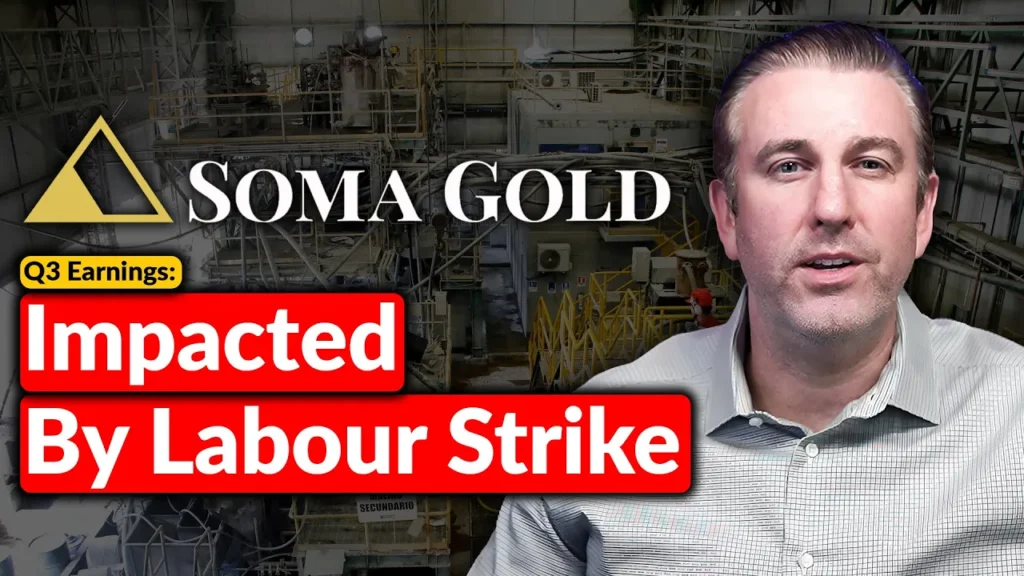Nvidia is directly challenging fraud-linked claims tied to short seller Michael Burry by leaning on cash flow, balance sheet structure, and detailed investment data to argue that a $610 billion “circular financing” narrative does not match its numbers.
In a memo to analysts described by Raymond James, Nvidia rebutted allegations drawn from “The Algorithm That Detected a $610B Fraud,” asserting that the article miscasts its strategic investments, disclosure practices, and role in the current AI capex cycle. The company rejected comparisons to past accounting scandals, stressing that it does not use special-purpose vehicles, does not rely on vendor financing and has only a single disclosed guarantee whose fair value it described as immaterial.
The memo targeted the core fraud claim around supposed multi-hundred-billion circular flows, noting that Nvidia’s strategic investments totaled about $3.7 billion in the third quarter and roughly $4.7 billion year to date, which it framed as a small share of its revenue base and a fraction of global private capital.
Nvidia told analysts that portfolio companies largely raise third-party funds rather than relying on vendor-linked structures that might artificially recycle demand for its chips.
On working capital, Nvidia tried to undercut suspicions of aggressive channel tactics by highlighting that days sales outstanding stand at 53, broadly in line with its average over several years. The company framed those “tight” payment terms as evidence that it is not stretching credit or pulling forward revenue to manufacture the AI demand story that critics say underpins the fraud narrative.
Nvidia pointed to its cash conversion as the clearest rebuttal to earnings-quality fears, citing $23.8 billion in operating cash flow and $22.1 billion in free cash flow in the third quarter, alongside a long term free cash flow run-rate of roughly 98 percent of GAAP net income since fiscal 2018. Inventory patterns, it said, are consistent with normal product ramps and forward guidance, pushing back against suggestions that stockpiles are concealing misjudged demand or mispriced risk.
The memo also addressed margins, depreciation and regulatory risk at a granular level. Nvidia said higher warranty costs in the current year reflect the complexity of its Blackwell architecture and are properly captured in reported numbers, while bad debt expense is negligible and sits within general and administrative expenses.
On the regulatory front, Nvidia told analysts it is not aware of any SEC probes, countering speculation that enforcement activity might already be building behind the scenes. It added that crypto price swings are irrelevant to its current accounting and argued that “insider selling” concerns misread transactions by third-party funds rather than Nvidia executives dumping stock into the AI rally.
The dispute lands just weeks after Burry warned that hyperscalers may be materially understating depreciation tied to AI infrastructure, turning useful-life tweaks into powerful earnings levers. In posts on X, Burry argued that massively ramping capex into Nvidia chips and servers on a two- to three-year product cycle should not coincide with extending the estimated useful lives of compute equipment, calling the practice “one of the more common frauds of the modern era.”
Burry estimated that depreciation could be understated by about $176 billion across the industry from 2026 through 2028, and he singled out Meta and Oracle as potentially overstating profits by 20.8% and 26.9% respectively by 2028.
Earlier disclosures show why he is focused on that line item. Intel said that effective January 2023 it lifted the estimated useful life of some production machinery and equipment from five to eight years. Meta disclosed that as of January 2025 it increased the useful life of certain servers and network assets to 5.5 years, a change expected to cut 2025 depreciation expense by roughly $2.9 billion based on assets in service at the end of 2024.
Across the hyperscaler group, company filings show a broad shift in the same direction. Google parent Alphabet moved compute and network useful lives from three years in 2020 to six years by 2023 and maintained six years into 2025. Microsoft went from three-year assumptions in 2020 to six years from 2022 onward. Amazon shifted from four years in 2020 to six years in 2024 and then to five years in 2025. Oracle rose from five years through 2023 to six years in 2024 and 2025.
Burry’s contention is that these “minor accounting changes” depress current depreciation, lift operating income and margins, and boost earnings per share without changing cash costs, especially during an AI capex surge.
Burry’s views are not theoretical. Scion Asset Management’s most recent quarterly filing before deregistration showed large put-option positions referencing AI-linked names including Nvidia and Palantir Technologies, which media initially misread as $912 million and $187 million bets based on notional values. Burry later clarified that he spent about $9.2 million on the Palantir options. Shortly after that filing, Scion’s SEC registration was terminated effective November 10, with approximately $155 million in assets under management as of March 2025 and a circulating investor letter stating that Burry would liquidate funds and return capital because his estimation of value was not in sync with markets.
From the sell side, Raymond James analyst Simon Leopold argued that the “narrative of systemic fraud is inconsistent with NVIDIA’s fundamentals and the structure of this investment cycle,” pointing to its software moat, full stack systems and one year platform cadence.
He said “NVIDIA has an obligation to employ its cash in the best interest of shareholders; we view its investments in AI related opportunities as appropriate,” while still flagging power constraints, Blackwell product ramp complexity and possible hyperscaler capex slowdowns as key risks through expected peak Blackwell shipments in 2026.
Information for this story was found via the sources and companies mentioned. The author has no securities or affiliations related to the organizations discussed. Not a recommendation to buy or sell. Always do additional research and consult a professional before purchasing a security. The author holds no licenses.









